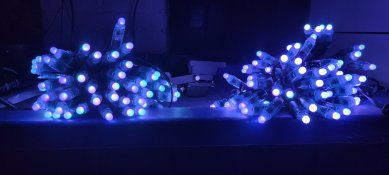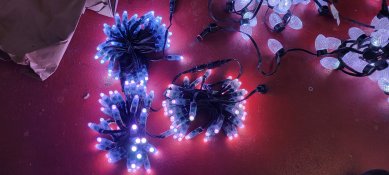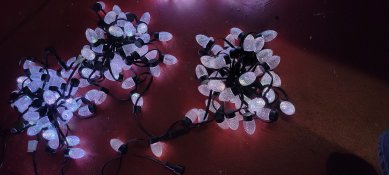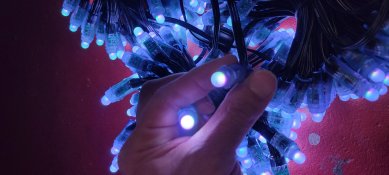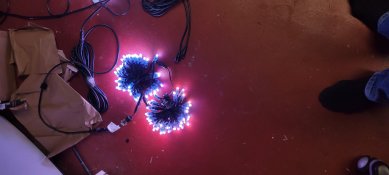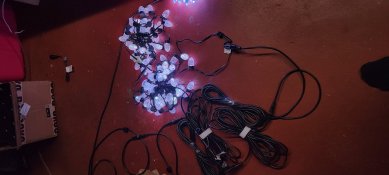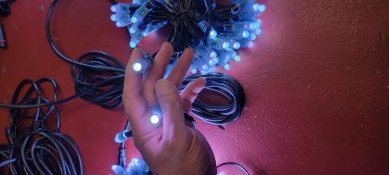So I've got my RPi, and a Hanson Pi Hat which arrived a week ago. I'm looking at Ray Wu's store on Ali Express, getting very confused by all the options. I'm wanting to build around 5x Candy Canes using some coreflute (or similar) with 100x pixels per cane. These will go up on the fence so be really visible.
I know that I want:
I know that I want:
- Bullet Style
- Intelligent (in case I want to re-use one day)
- Resistor vs Regulated? I don't think it matters for my application. In reality I have almost unlimited access to PC power supplies so I'm not worried about having to inject etc.
- Water rating? I'd probably go for IP68 because why not
Last edited:


